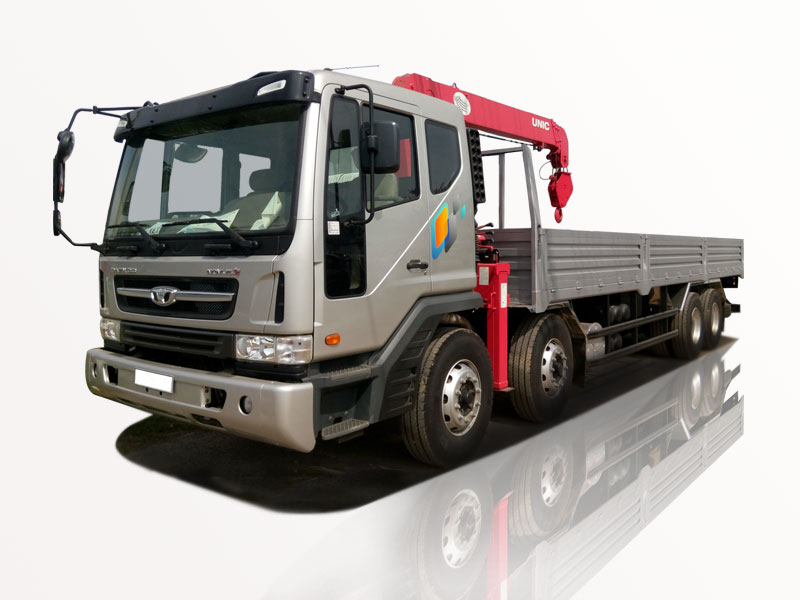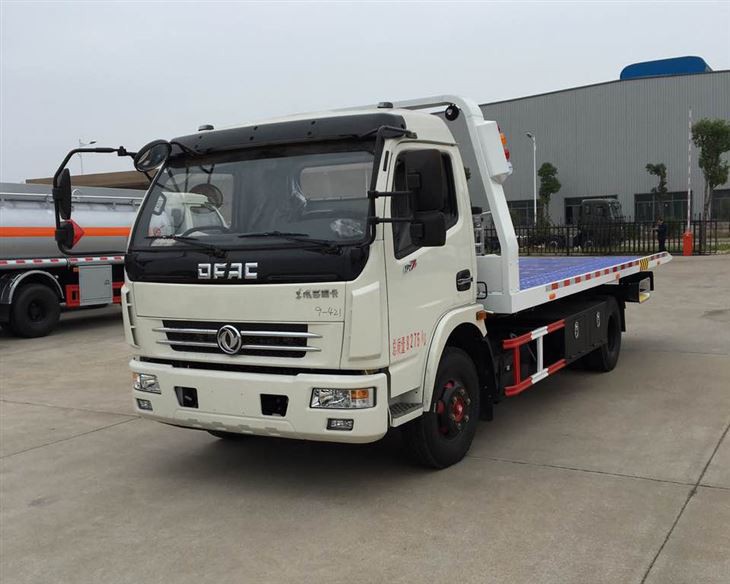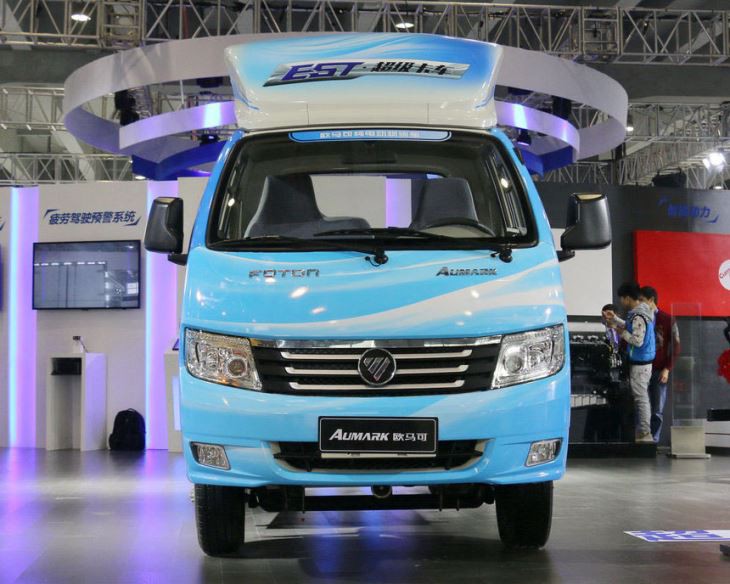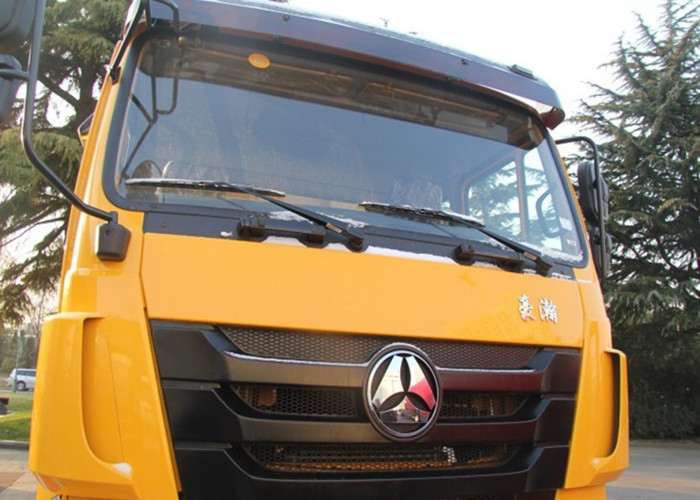When it comes to choosing a pickup truck, one of the most essential decisions to make is whether you want a crew cab or a double cab. These two configurations are popular among truck enthusiasts and everyday drivers alike, but they have distinct differences that can impact your experience on the road. This comprehensive article will explore the various aspects of crew cabs and double cabs to help you make an informed decision based on your needs and preferences.
Understanding Cab Configurations
Before diving into the differences between crew cabs and double cabs, it’s crucial to understand what cab configurations encompass. Pickup trucks offer different cab types to accommodate various needs, mostly focusing on passenger space and cargo capacity. The two configurations we’ll focus on today are the crew cab and the double cab.
What is a Crew Cab?
A crew cab features four full-size doors, allowing easy access to both the front and rear seats. The spacious interior typically accommodates five to six passengers, making it an ideal choice for families or those who regularly transport groups. Crew cabs usually provide more legroom and headroom compared to other cab types.
What is a Double Cab?
A double cab, while sometimes referred to interchangeably with the crew cab, usually has slightly different dimensions and configurations. It also features four doors but may have less rear seat legroom and overall interior space than a crew cab. Double cabs often prioritize cargo space while still balancing passenger comfort. They are popular for their versatile use in both work and play.
Key Differences Between Crew Cab and Double Cab
1. Interior Space
| Feature | Crew Cab | Double Cab |
|---|---|---|
| Front Legroom | Typically larger | Similar |
| Rear Legroom | More spacious | Less spacious |
| Seating Capacity | 5-6 passengers | 4-5 passengers |
The interior configurations can greatly influence your decision. If you frequently travel with larger groups, a crew cab may provide the comfort and room you need. However, if your requirements are more cargo-focused, a double cab can still offer sufficient passenger space without compromising on utility.
2. Cargo Area
Both crew cabs and double cabs typically offer various bed lengths, but the overall cargo area may differ. The shorter rear seats in a double cab could allow for a slightly longer cargo bed, making it a preferred choice for those who prioritize hauling capabilities. If your daily tasks involve transporting tools, equipment, or other payloads, it’s worth considering which cab configuration will best suit your needs in conjunction with the size of the bed.
3. Towing Capacity
Towing capacity can also vary between crew cabs and double cabs, although the difference is not primarily due to the cab style itself. Instead, it often depends on the truck’s engine, frame, and overall design. With that said, some crew cabs might have slightly lower towing capabilities due to their added weight and focus on passenger comfort, whereas double cabs might prioritize a balance between towing and passenger space.
4. Price Point
The cost of crew cabs and double cabs can differ based on additional features, design elements, and brand. Generally, crew cabs may be priced higher due to their larger dimensions and increased passenger capacity. It’s essential to evaluate your budget against the specific options available in either configuration.
5. Vehicle Design and Style
Design and aesthetics often play a significant role in the choice between the two cab styles. Crew cabs tend to convey a more family-friendly image thanks to their spacious interiors, while double cabs can have a rugged, utilitarian appeal. Selecting a cab configuration that fits your personal style can enhance your satisfaction with your vehicle.
6. Use Cases
Understanding how you plan to use your truck can help guide your decision. Here are some common use cases for each configuration:
- Crew Cab: Ideal for family trips, outings with friends, and hauling children or pets.
- Double Cab: Suited for tradespeople needing space for tools and occasional passengers, or outdoor adventures with gear.
Practical Tips for Choosing Between Crew Cab and Double Cab
1. Evaluate Your Needs
Begin by assessing how you intend to use your truck. Will you be regularly transporting passengers, hauling cargo, or both? Understanding your primary needs will help streamline the decision-making process.
2. Test Drive Both Options
Don’t rely solely on specs—get behind the wheel! Test driving both configurations can give you a better sense of comfort, visibility, and overall handling. Pay attention to the ease of entry and exit for rear passengers.
3. Consider Future Changes
Consider your future needs. If you expect your family to grow or your work requirements to change, a crew cab may offer long-term flexibility. Choose a cab style that accommodates potential lifestyle shifts.
4. Budget Wisely
Alongside evaluating the cost of both configurations, factor in ongoing expenses such as fuel efficiency, insurance premiums, and maintenance costs. Sometimes, a slightly pricier vehicle can save you money in the long run.
Popular Models for Crew Cab and Double Cab Configurations
Top Crew Cab Models
- Ford F-150
- Chevrolet Silverado 1500
- Dodge Ram 1500
- Toyota Tundra
Top Double Cab Models
- GMC Canyon
- Nissan Frontier
- Chevrolet Colorado
- Ford Ranger
FAQ Section
1. What is the main difference between crew cab and double cab?
The main difference lies in the interior space and passenger capacity, with crew cabs offering more rear-seat legroom and comfort, while double cabs may provide slightly less space but often a longer cargo bed.
2. Can double cabs accommodate families comfortably?
Yes, double cabs can accommodate families; however, they may be less spacious than crew cabs, which are specifically designed for comfort and space for multiple passengers.
3. Are crew cabs more expensive than double cabs?
Typically, crew cabs are more expensive due to their larger size and added features, but prices can vary based on the specific models and options selected.
4. Which cab configuration is better for towing?
The towing capacity depends on several factors such as the vehicle’s engine and frame design. However, some double cabs may perform better in tow capacity due to their slightly lighter weight.
5. How do I choose between a crew cab and a double cab?
Consider your primary use of the truck, the number of passengers you typically transport, and the importance of cargo space. Test driving both configurations can also provide valuable insights.
6. Is maintenance different between crew cab and double cab?
Maintenance needs are largely similar for both cab styles. However, the slightly increased weight and complexity of a crew cab might lead to minor differences in service frequency or costs.



